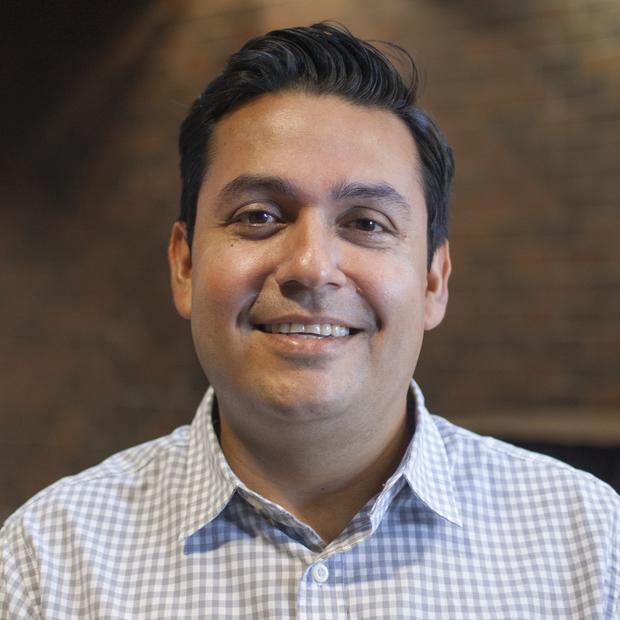But there is much more we can do to plan for the post-pandemic future. Beyond parks, we need to think creatively and ambitiously — and ethically — about all aspects of our cities.
We know that residents in urban areas may have a higher chance of surviving a crisis, thanks to high-quality physical infrastructure, which results in better and faster access to emergency care and other resources. The same can be true when it comes to cities’ “social infrastructure.” Research conducted during Chicago’s catastrophic heat wave in July 1995 found that Latinos in Chicago accounted for only 2% of the city’s deaths, despite representing 25% of the population. Why? According to researcher Eric Klinenberg, close social ties helped the Latino community weather the crisis. He found that “Chicago’s Latinos tend to live in neighborhoods with high population density, busy commercial life in the streets and vibrant public spaces,” all factors in their survival.
Of course, a heat wave is not the same as a pandemic. For a host of reasons, Latinos in Puget Sound — and Washington state in general — have not fared as well during the pandemic. We make up 13% of the population and at one point represented nearly half of all coronavirus cases.
Puget Sound cities have a lot of soul-searching to do to correct this disparity. If we know high-quality physical and social infrastructure can make us more resilient in times of crisis, then urban planners should promote growth and development that does double duty — improves our built environment, while cultivating ample space and opportunity to build and grow in community.
To do this, we must think small and local because even small changes can have outsized impact. We’ve been trained to believe that only major infrastructure programs result in worthwhile change, or that only people who’ve studied planning could bring it about. The problem with this approach is that major infrastructural change has tended to overlook those who are most likely to be impacted negatively. More often than not, poor people and communities of color end up bearing the brunt of shortsighted planning schemes.
Top-down approaches to planning have actually created some of the social and economic problems plaguing our cities. For example, highway expansion brought big infrastructure into the middle of cities (see Interstate 5 splitting Seattle in half). In most U.S. cities, these highways cut off Black and brown neighborhoods from vital resources. Together with federal housing policy of the midcentury, highways spurred the white flight and sprawl that depleted urban cores, promoted car use and long commutes, and gave us the traffic we decry today.
Rather than wait for planners who may not even live in our community, we can start making change at the street level — or, in planning parlance, the hyperlocal level. Here is where planners can play a different role than they have traditionally by creating opportunities for neighbors to talk to each other about the type of change they want on their street. This results in social cohesion, and social cohesion promotes resilience. Because of the exclusionary history of previous top-down planning and development schemes, hyperlocal planning could point the way to more equitable and just development in post-pandemic Puget Sound.
For this, we have a model in Sweden.
The Nordic country’s “Street Moves” program makes neighborhood residents co-planners of their own streets. This turns the traditional planning model on its head. Typically, these decisions are left to planners and city managers before being presented to residents for feedback and vetting. Via Street Moves, a plan conceptualized by the Swedish national innovation body Vinnova and design think tank ArkDes, residents are prepared through a series of workshops and consultations, then provided with physical materials to transform the spaces just beyond their front doors. Together, neighbors decide among themselves whether to use space for parking or for some other public use.
With Street Moves, residents receive wooden modules designed to occupy a single parking space. These can be configured to serve as seating, gardens, playgrounds, gym equipment, bike storage and scooter charging points. Just like that, a neighborhood gains a valuable public amenity.
But it’s more than that. Street Moves also promotes social connection. Community involvement is crucial to the plan’s success as it requires a community to identify and solve a particular community problem. In deliberating needs and solutions, residents gain ownership of their ideas. In the process they build stronger ties to those who live nearby. This is the type of planning program that does the double work we should seek in the post-pandemic city: it combines the essential functions of both physical and social infrastructure, and it gets people talking to one another in order to make it happen.
What could residents in Olympia, Tacoma or Seattle do with such tools? Rather than wait for the city to address a vacant lot, or to provide a community garden, neighbors can bring about change themselves and gain greater community ties along the way.
The Street Moves plan, currently being piloted in Stockholm, is in its early stages. But the country has ambitions to spread it to other major cities, too. Its ultimate goal? To ensure “every street in Sweden is healthy, sustainable and vibrant by 2030,” according to Street Moves’ own materials.
No single urban planning concept can solve all the woes of urban life. But, as Vinnova’s director of strategic design suggested to a reporter at Bloomberg CityLab earlier this year, “the spaces just beyond the doorstep are ideal places for cities to start developing new, more direct ways of engaging with the public.”
Now, as lawmakers take up a new infrastructure package that considers the many ways our built environment coincides with social and racial justice, we must insist that our most vulnerable neighbors remain central to the design and implementation process. This is the type of bottom-up, democratic approach our cities need as we begin to chart the post-pandemic future.




